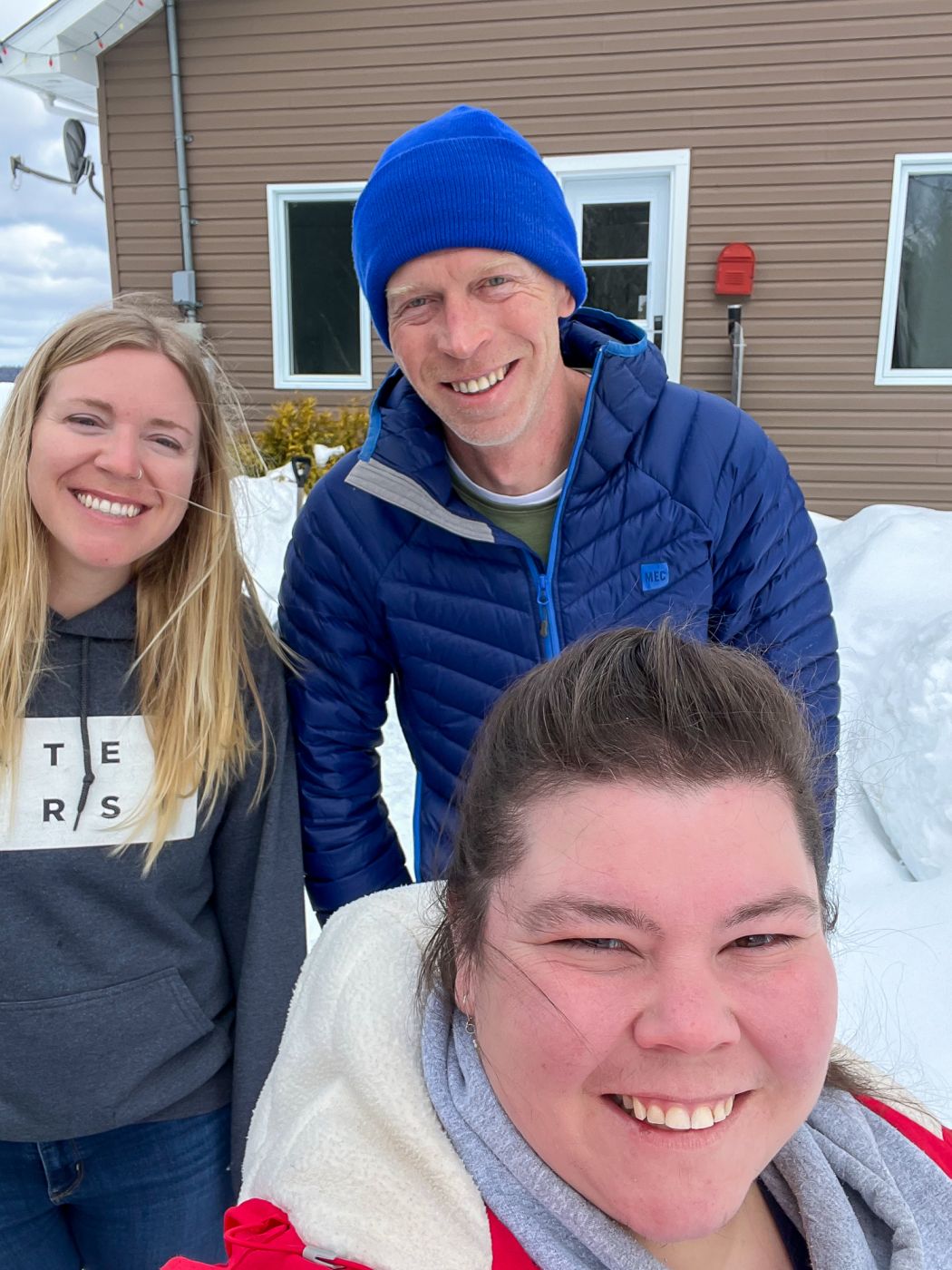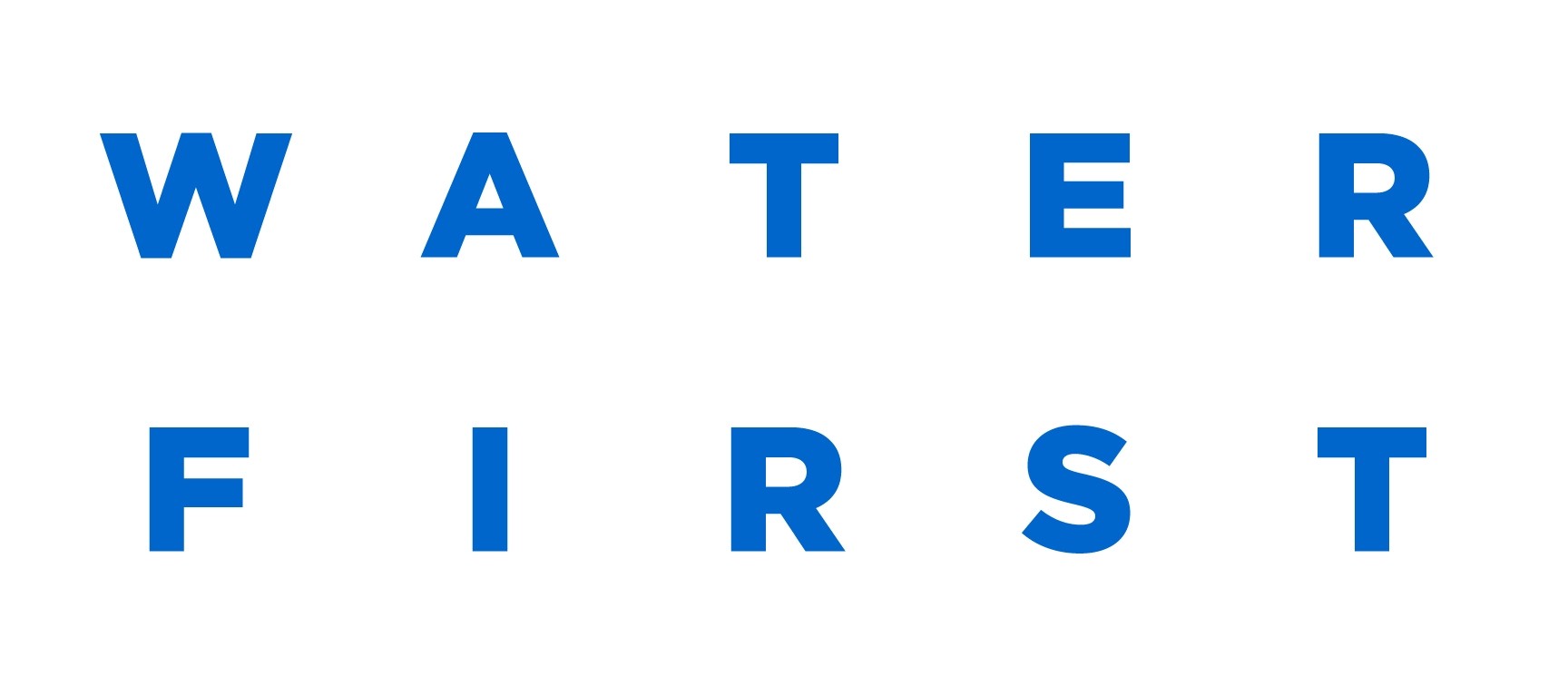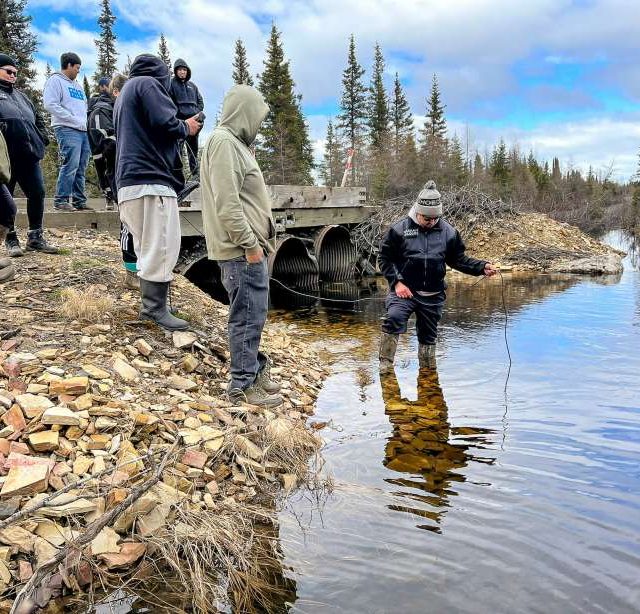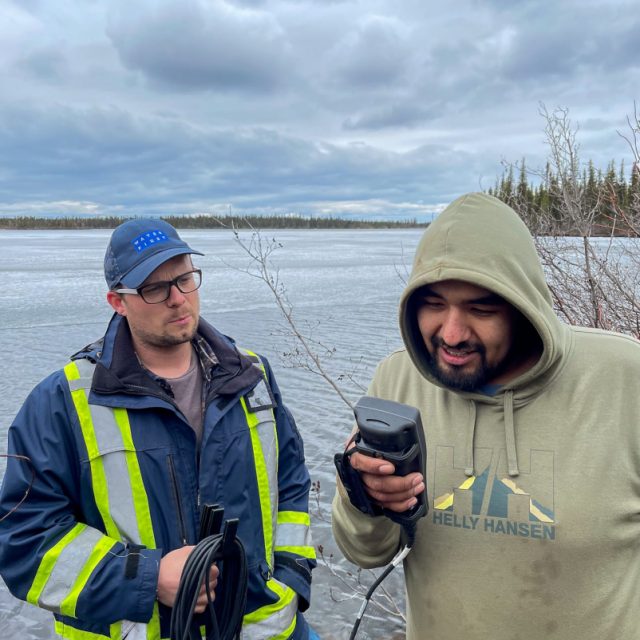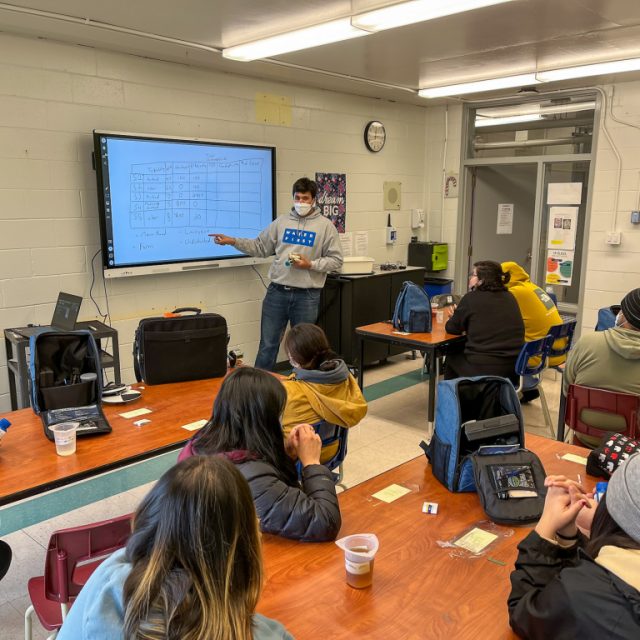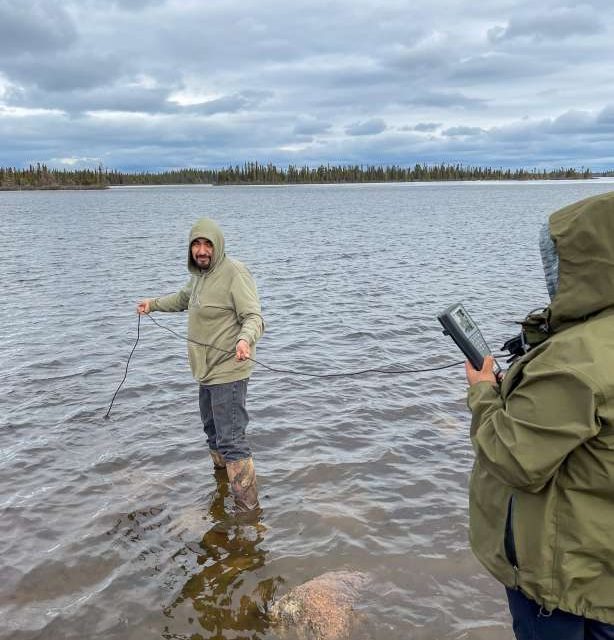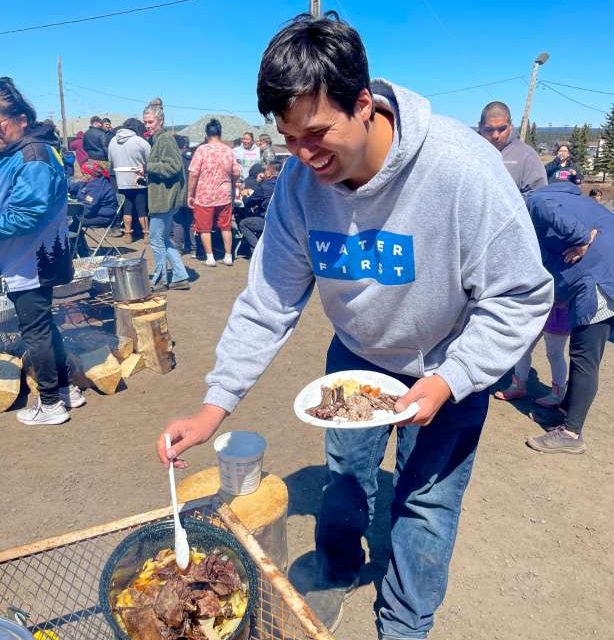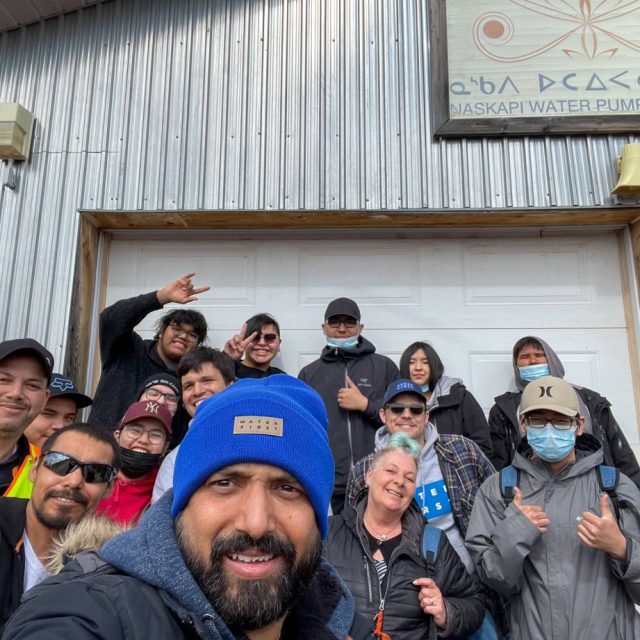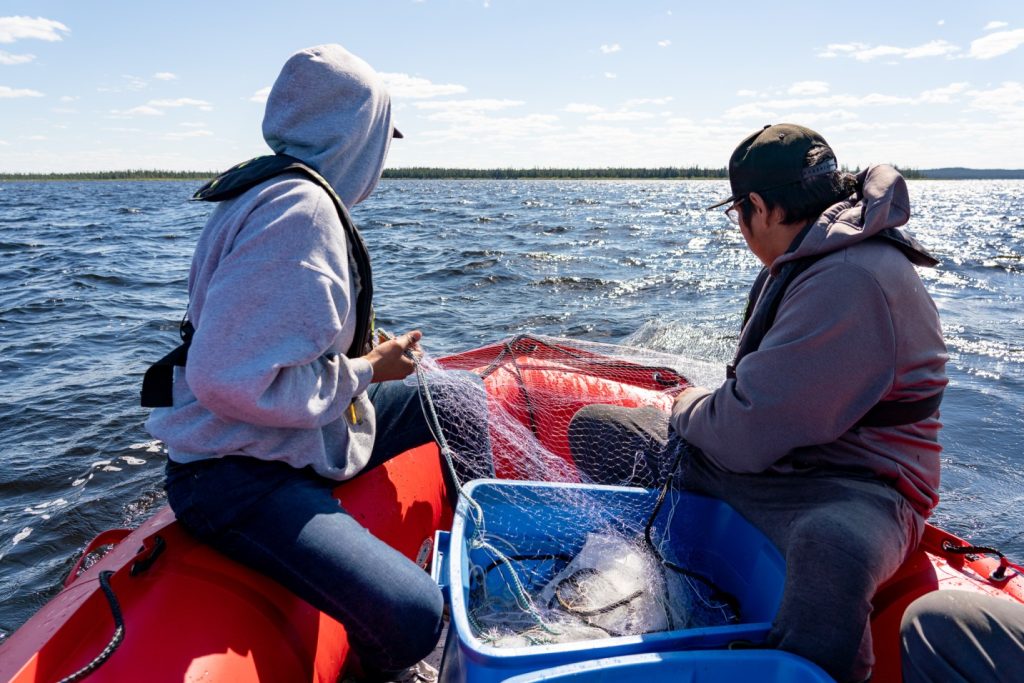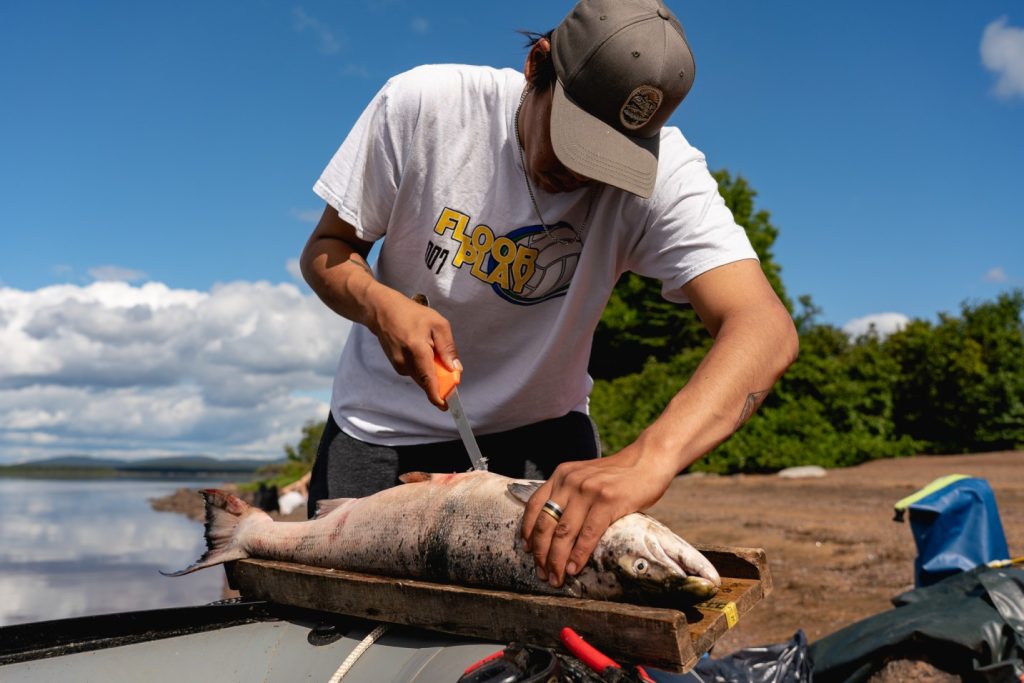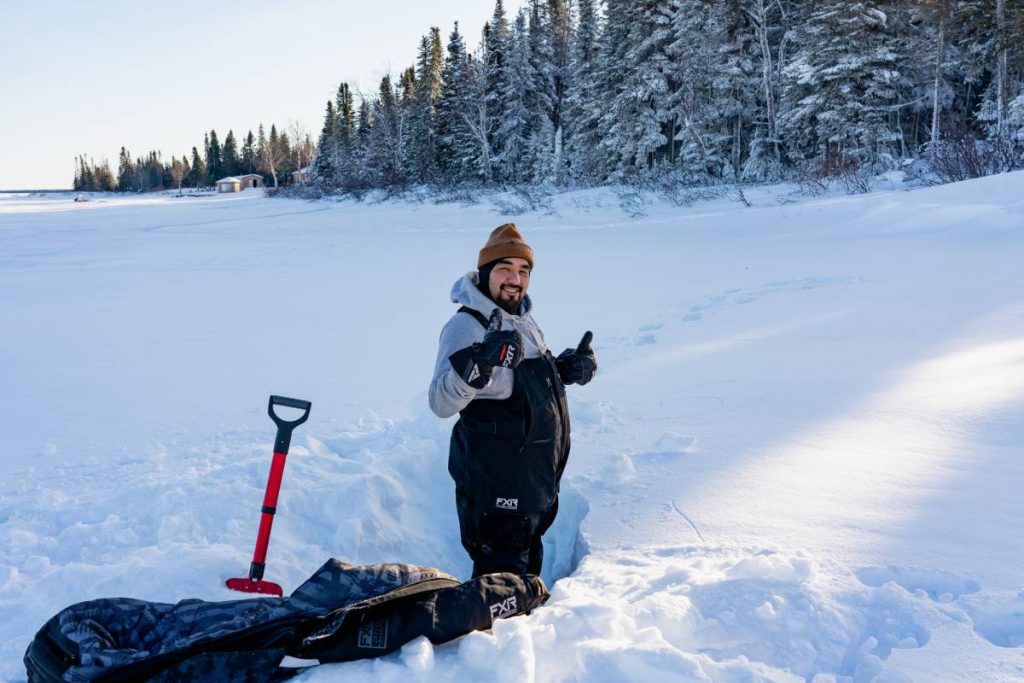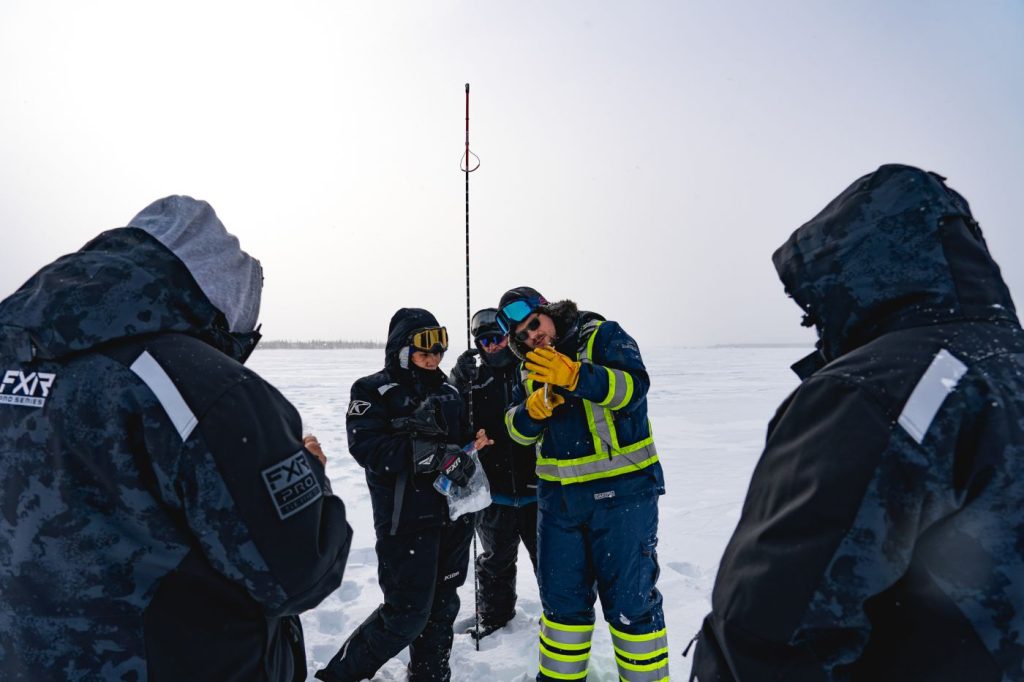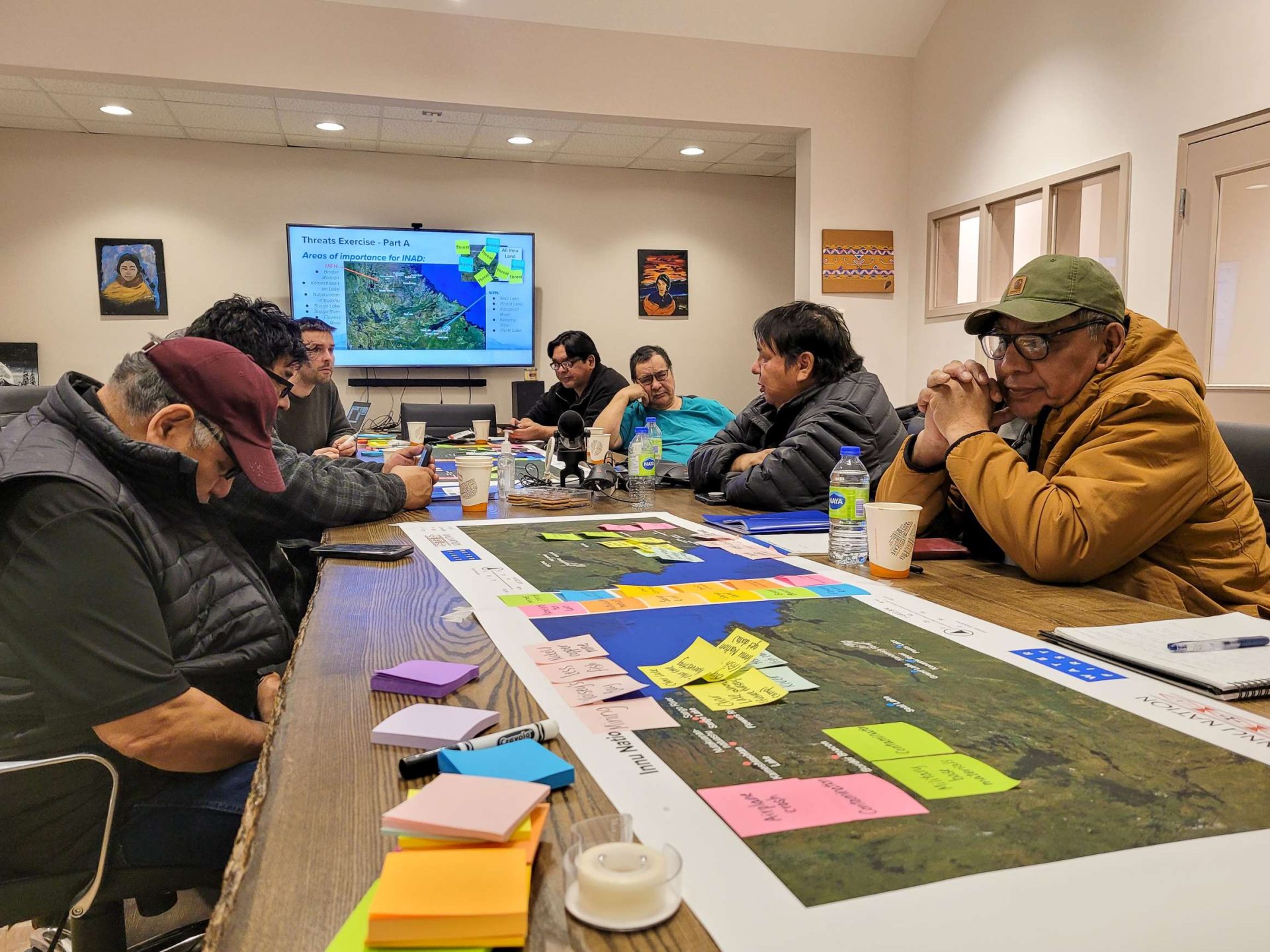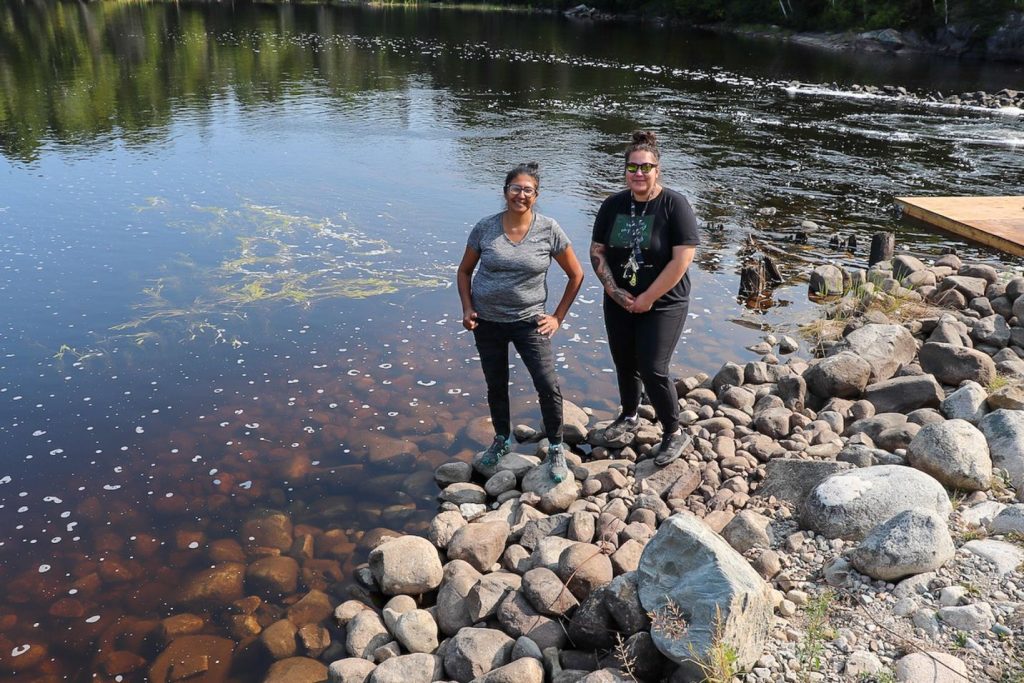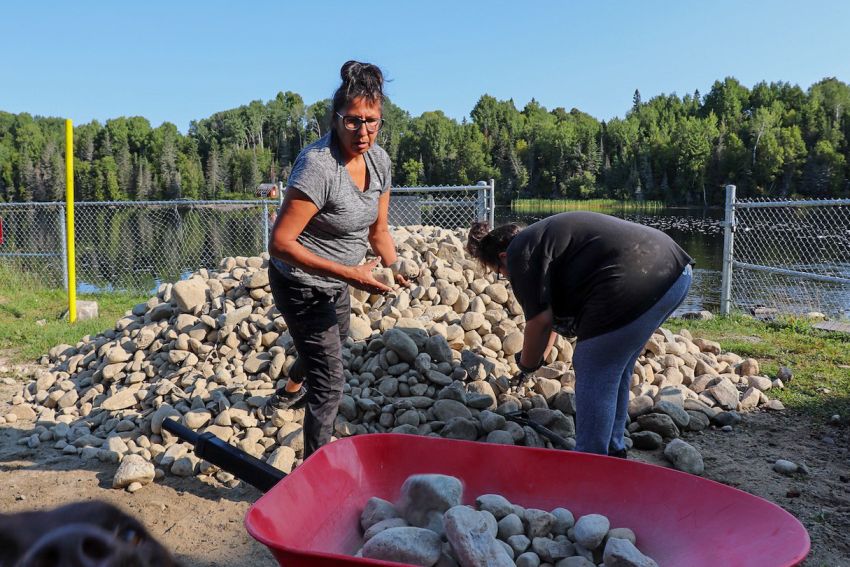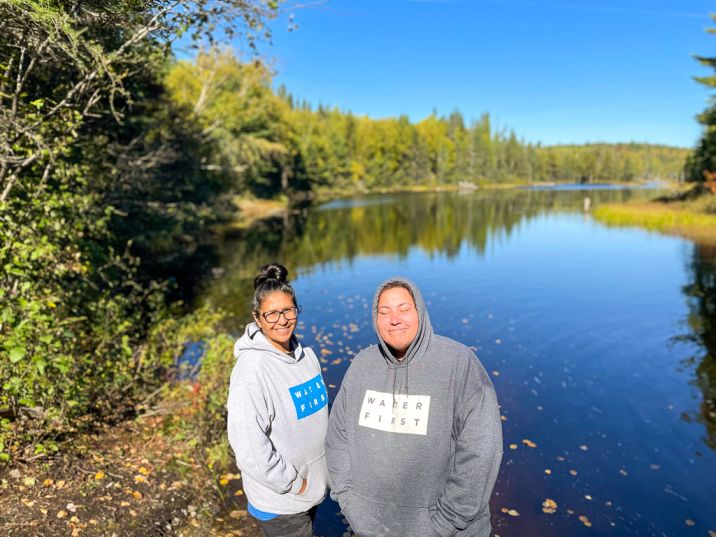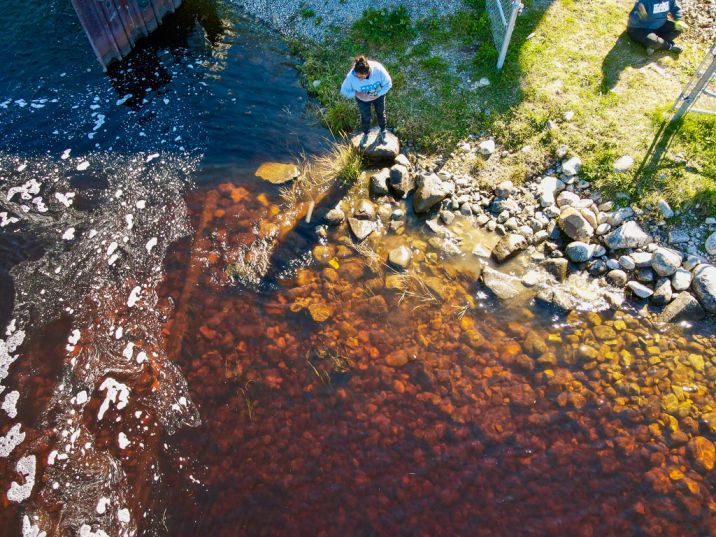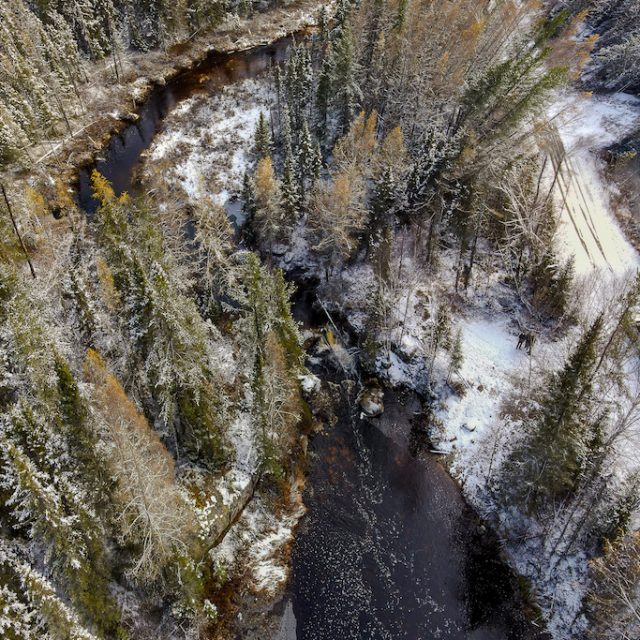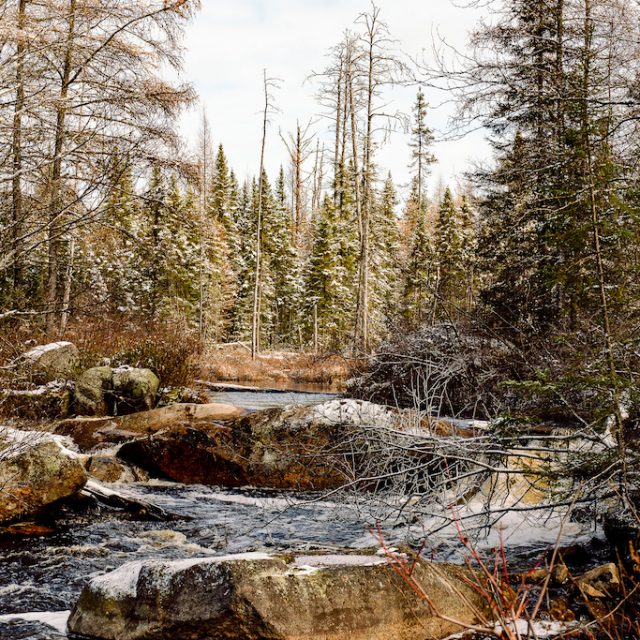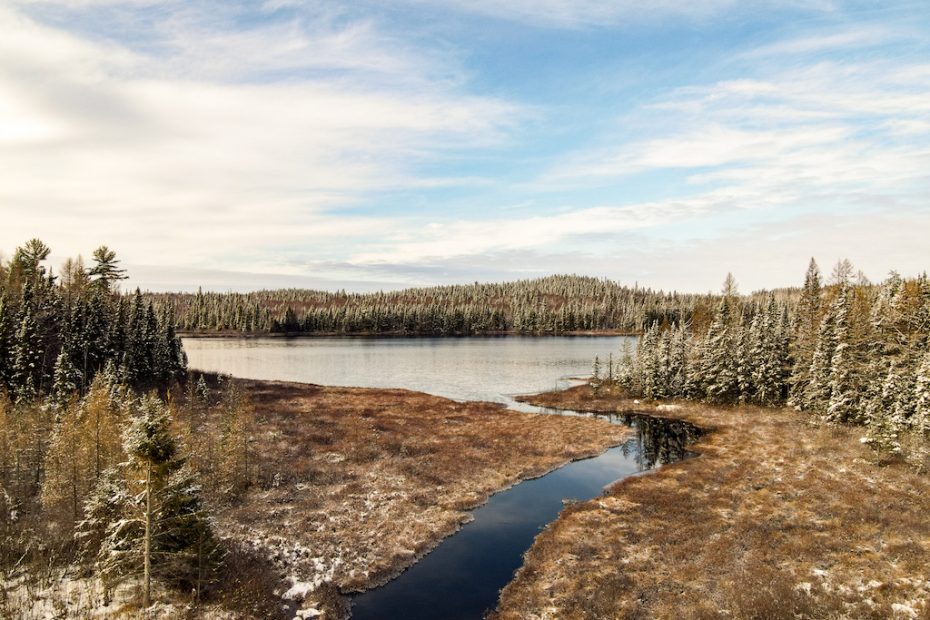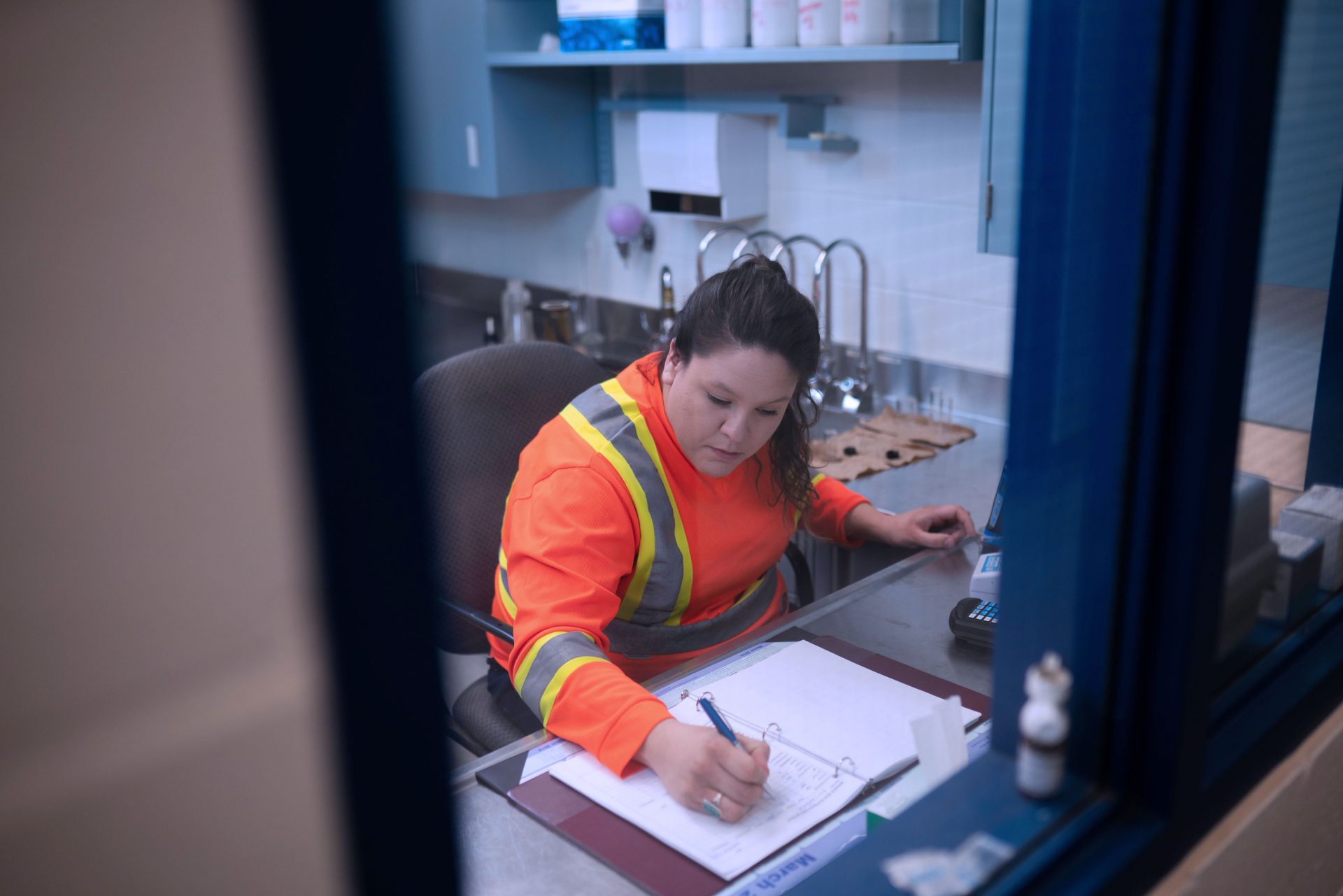Part of the Hive:
Working together for lasting results
Written by Adrianna Bilinski, Program Manager
Water First has been partnering with Long Point First Nation (LPFN), located in western Quebec, for more than three years. Our Environmental Water team will be completing a two-year walleye spawning habitat restoration project in partnership with LPFN in the fall of 2023. The Indigenous Schools Water Program (ISWP) at Water First has had the privilege and pleasure of working with the local school, Amo Ososwan, for three consecutive years – once with our digital remote delivery in 2021, then in-person the two years following.
During the first week of April, some Water First staff made a trip up to LPFN as part of our ongoing collaborative work with this special community.
Amo Ososwan is the Algonquin word for “hive.” One of the teachers in the school described the pride everyone has in the school’s name, because the students, teachers, administration, and others all work together to make the school run as a safe and productive environment, much like how in a hive, the bees all work together. ISWP team members were in the school for a week leading into the Easter weekend, and we got glimpses of that teamwork making amazing things happen, like Easter egg hunts and field trips to the water with us!
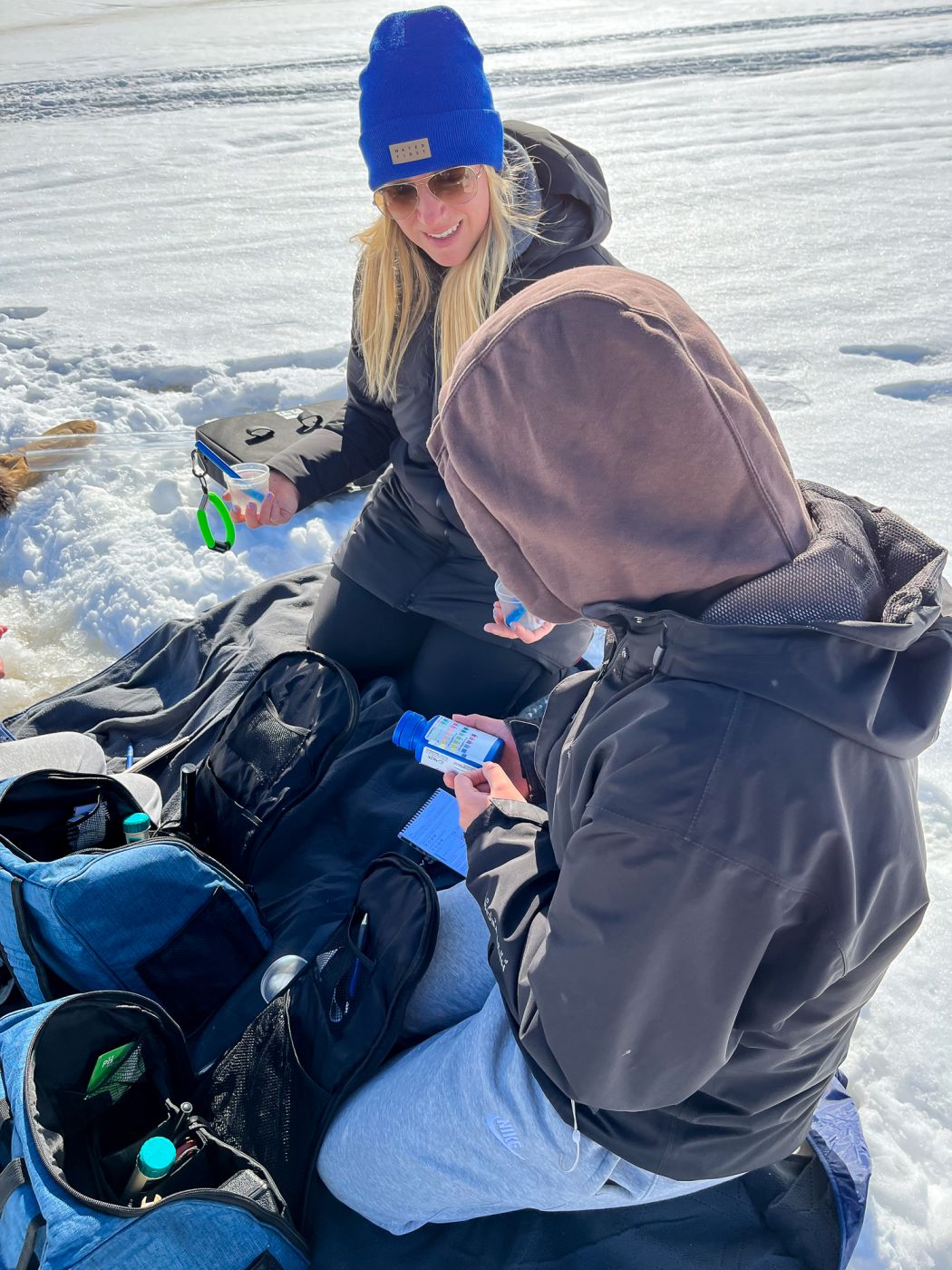
For two years in a row now, the ISWP team has had the chance to travel with the Environmental Team to Long Point. It is not common for our program departments to travel and work together directly in a community, but when we do, there’s a huge range of benefits that support successful collaborations. Working together, we form stronger bonds between team members at Water First, which supports rich collaborations. Our combined visits to Long Point have allowed the rare occurrence of Enviro team members joining the Schools Programs and – even more rare – the opportunity for Schools Program team members to sit in on meetings with the Lands and Resources departments as the Enviro team collaborates with local experts. These meetings allow the Enviro team to understand if there are any additional projects that Water First can support, and help enrich the programs and community ties by sharing the work and the knowledge being exchanged.
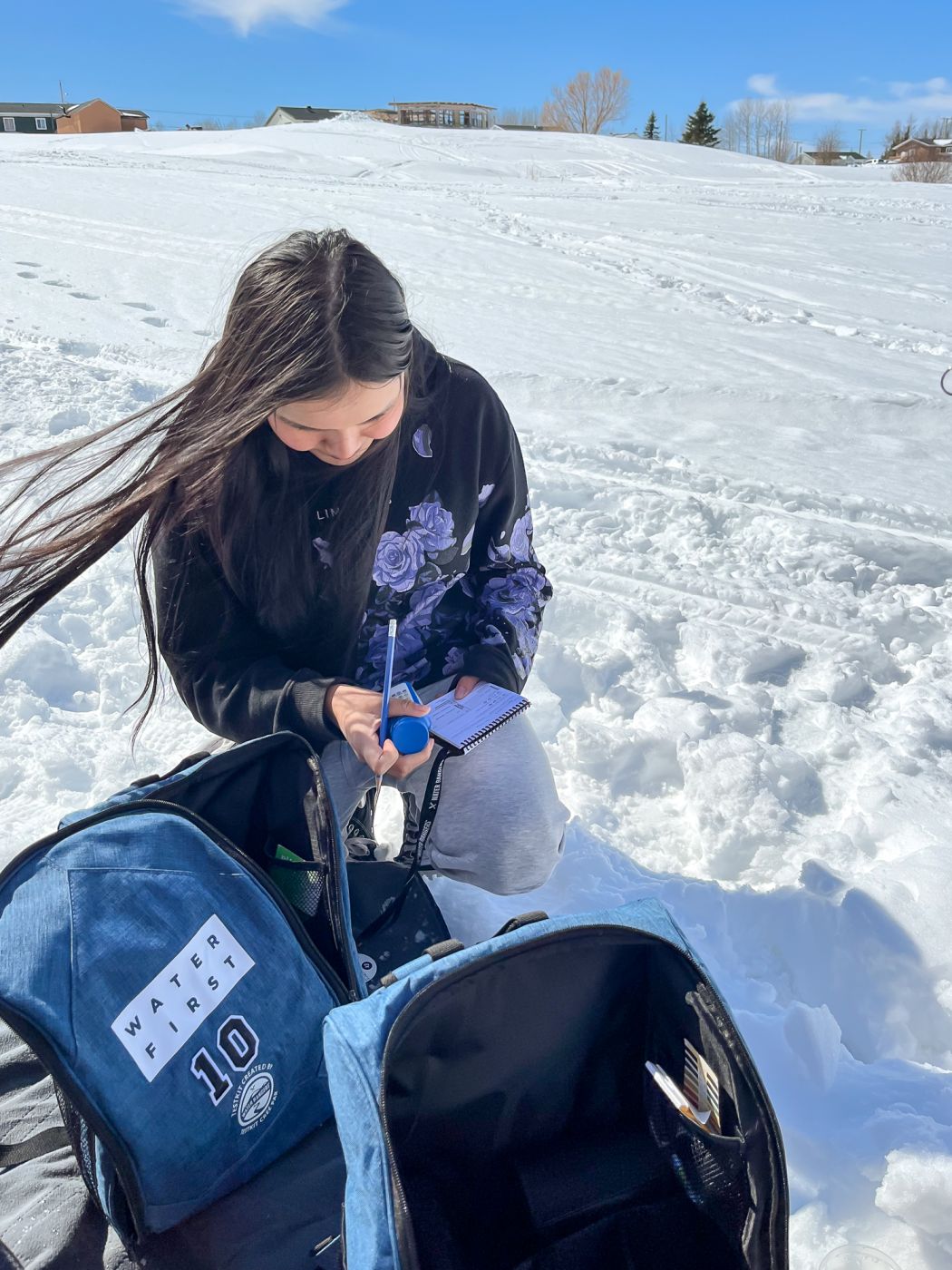

Long Point First Nation is currently talking to a mining company about future opportunities, which provided an opportunity for a local, relevant case study as part of the watershed workshop we brought to the school. Because we were able to meet with the Lands and Resources Department to understand mining activity better, we could talk knowledgeably with the students about the reality of mining industry impacts on the land.
Thanks to Water First team members being invited to be part of the hive with Long Point, we were able to collaborate in a way that supported meaningful partnership and lasting results for the school and the community.
